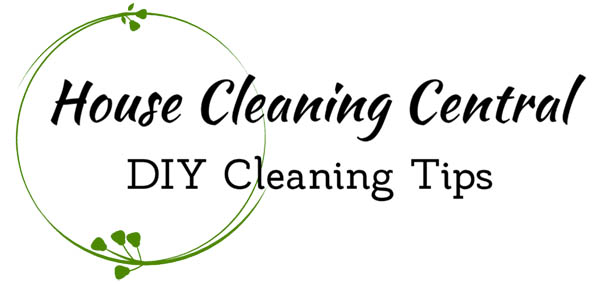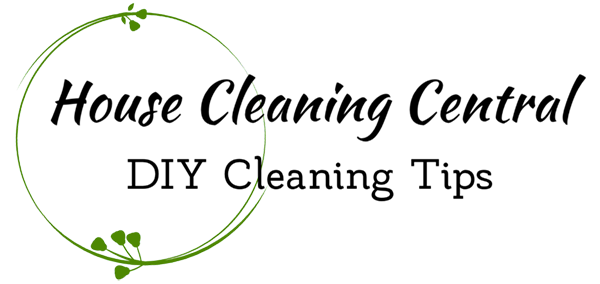Cleaning The Floor

How To Clean Your Floors Like a Professional House Cleaner
Mrs. Clean is a professional house cleaning company.
These are our secrets to get your floors so clean they shine. Learn about the cleaning solutions, process, steps, tools and equipment our house cleaners use to clean our clients homes.
Follow our cleaning tips and tricks so your floors look like were cleaned by a professional too.
There Are 5 Basic Types:
- Swedish Finish Wood
- Wood
- Tile or Linoleum
- Pergo/Bamboo
- Stone, Terrazzo or Marble
The type of cleaning solution to use when mopping the floor varies depending on the type of floor you are cleaning.
Swedish Finish Wood:
Swedish finish wood floors can be identified by their bright, shiny appearance. Most wood floors in homes constructed in the last 25 years or so have a Swedish Finish.
Use 1 capful (1TBL) vinegar to one gallon of warm water to clean this floor. Vinegar and water does not leave a residue and makes the floor shine.
Do NOT use Murphy’s oil soap, as it will damage the floor and get in between the floor boards and make them squeak. Murphys leaves a residue and makes the floor look dull and spotty.
Any water puddles left on swedish finish wood floors will dry as spots, so make sure to dry the floor after mopping.
OLD Wood:
This floor type is usually found in older homes or buildings. These floors are generally worn in appearance, and the surface is porous and holds a lot of dirt.
Use either 1/4 cup vinegar to 1 gallon of warm water OR Murphy’s oil soap on this type of flooring. Murphys does a good job on real wood floors and leaves them with a bit of a shine. Use 1/4 cup of Murphys to 1 gallon of warm water.
Use a minimum amount of water when mopping and make sure your mop is not soaking wet. Be careful not to set a wet bucket directly on the floor as it can leave a ring. Real wood floors will show water spots also remember to always wipe the floor to dry it.
Tile or Linoleum:
Use 1 capful (1 TBL) vinegar to 1 gallon of warm water on this floor. Spots can be scrubbed out with a hand brush with plastic bristles or with the scrubby side of a sponge.
Pergo & Bamboo:
Use 1 capful (1 TBL) vinegar to 1 gallon of warm water on this floor. Use a minimal amount of water to avoid damaging the surface. These floors should be dried immediately after mopping.
Stone, Terrazzo, Granite or Marble:
Vinegar or other acid base cleaners will DESTROY stone permanently. The vinegar actually etches the soft stone finish.
Marble, Stone, or Terrazzo MUST be cleaned with plain warm or 1 gallon of warm water mixed with 1/2 tsp of murphys oil soap. Stone floors will show water spots easily, so always dry the floor thoroughly after it has been mopped.
Cleaning The Floor:
Sweeping or Vacuuming:
The first step in caring for hard floors is always to sweep or to vacuum all the dirt and grime off the floor.
Sweeping or vacuum-cleaning the floor before mopping will keep the mop water cleaner, so it does a better job as you mop. Slopping a bunch of dirty water around the floor doesn’t do a thing to help you get the floors clean.
Our house cleaners use canister vacuums to get up dirt and debris from hard flooring. It’s fast and very efficient, not to mention does a better job than sweeping alone.
If you are thinking about getting a small vacuum one to help you clean your hard floors, or looking to replace the vacuum you have now, consider getting a canister vacuum.
A canister vacuum is inexpensive and you can use it everywhere. We use a sanitaire canister vacuum.
Mopping:
We use a machine washable Libman microfiber floor mop. The mop head is reusable and is tossed in the washing machine along with our cleaning towels when it’s dirty. Air dry the mop head after washing.
Select the cleaning solution specified by floor type at the beginning of the article.
Always use the smaller amount of water to get the job done. The concept is not to slosh water all around on the floor. Consider a mop the same as a damp dish towel that you use wipe UP the counter. The damp mop is used to wipe UP the dirt and debris on the floor.
Mop buckets can scratch and discolor certain floors, so always place a rag under the mop bucket to avoid expensive repair costs.
- Fill a large bucket with warm water. If you have a two-gallon bucket, fill it about 2/3 of the way full. Add your cleaning solution.
- Dip the mop in the bucket and wring the water out well.
- Dip the mop back into the bucket every time you have gone over a section on the floor.
- Refill your bucket with clean water and your cleaning solution when the mop water gets dirty.
Drying The Floor:
The number one secret of a professional house cleaner is to dry the floor. Yes, it’s true. Dry it. The wet floor still has dirt on it, and because the mop water is not perfectly clean, drying it with a towel will get up most of any dirt that is remaining on the floor.
I’m pretty sure you will be shocked – or even horrified at how dirty the towel is after drying the floor with it.
Drying the floor also prevents hard water spots. Water spots are caused by minerals in the water that has been left to air dry on the floor.
You can dry the floor on your hands and knees with a towel, or you can move about the floor with a towel at your feet to get up all the water.
We use a sh-mop terrycloth mop to dry the floors. Sh-mop stands for “shine mop”. It is like a clean towel with a handle on it that you use to push the towel around on the floor to dry it easily. The absorbent cotton towel comes off the bottom and you can wash it in the washer and dryer when it’s dirty. It’s a regular cotton towel, so they last forever, even with heavy use.
You can use a shmop to both mop and dry the floor. If you have enough of the reusable terry cloth towels to put on the sh-mop you’re all set!

